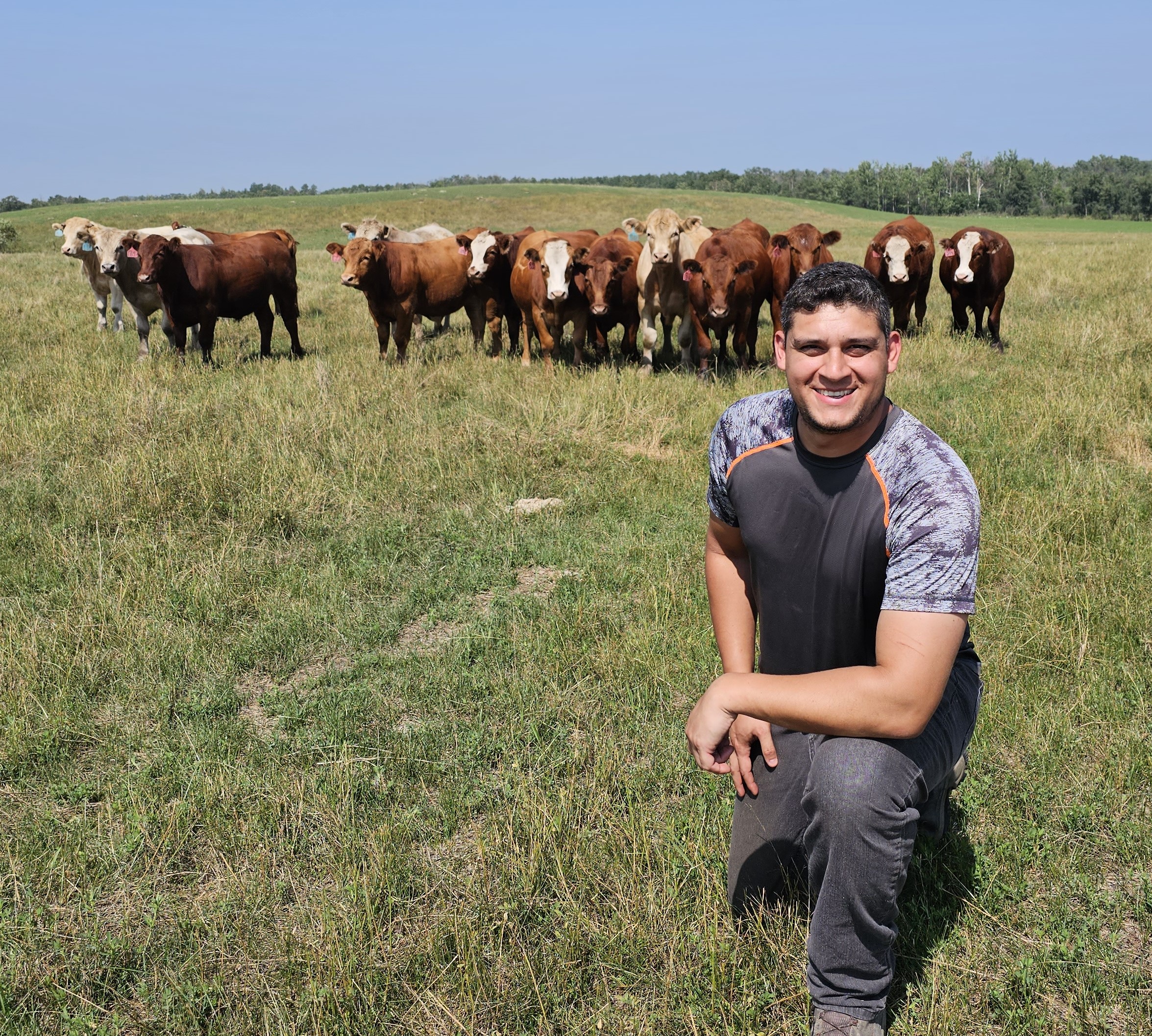Predicting the shear value and intramuscular fat in meat from Nellore cattle using Vis-NIR spectroscopy
Published in Meat Science, 108077, 2025
Recommended citation: M.N. Bonin, S.L. Silva, L. Bünger, D. Ross, G.L.D. Feijó and R.C. Gomes and F.P. Rennó and M.H.A. Santana, F.M. Rezende, L.C.V. Ítavo, F.J. Novais, L.M.A. Surita, M.N. Bonin, M.H.F Pereira and J.B.S. Ferraz(2020) Predicting the shear value and intramuscular fat in meat from Nellore cattle using Vis-NIR spectroscopy. Meat Science Pages: 108077
Abstract
Visible and near-infrared spectroscopy (Vis-NIRS) was tested for its effectiveness in predicting intramuscular fat (IMF) and WBSF in Nellore steers. Beef samples from longissimus thoracis, aged for either 2 or 7 days, had their spectra collected for wavelengths ranging from 400 to 1395 nm. Partial least squares regression models were developed for each trait. Determination coefficients of calibration models for WBSF ranged from 0.17 to 0.53. Considering WBSF in samples aged for 2 days, Vis-NIR correctly classified 100% of tough samples (>45 N), but wrongly classified all tender samples (≤45 N) as tough. Determination coefficients of calibration models for IMF ranged from 0.12 to 0.14. Vis-NIRS is a useful tool for identifying tough beef, but it is less effective in predicting tender samples and IMF. Additional studies are necessary to generate more robust models for the prediction of intramuscular fat in intact meat samples of Nellore cattle.
